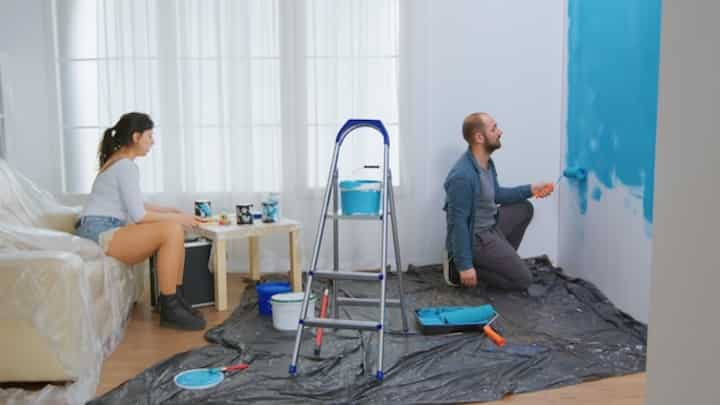
Expert Tips for Ceiling Water Damage Repair in Spokane
Dealing with ceiling water damage can be a daunting task, especially if you reside in Spokane, where weather conditions can exacerbate such issues. Water damage not only affects the aesthetic appeal of your ceiling but can also lead to structural deterioration and potential health hazards. To ensure effective repair and restoration, it's essential to understand the underlying causes, assess the damage accurately, and employ the right techniques. This article presents expert tips to guide homeowners through the process of ceiling water damage repair in Spokane.
Identifying the Causes of Ceiling Water Damage
Before embarking on any repair process, identifying the source of the water damage is crucial. Common causes include:
- Leaking Roofs: Damaged or missing shingles can allow water to seep through, especially during heavy rain.
- Plumbing Issues: Burst or leaking pipes within the ceiling can lead to water accumulation and damage.
- Condensation: Poor ventilation can lead to moisture build-up, resulting in water stains and damage.
- Appliance Overflows: Malfunctioning appliances like washing machines or water heaters located above ceiling levels can cause significant damage.
To effectively address the issue, it's essential to explore further insights here.
Assessing the Extent of Damage
Once the cause has been identified, assessing the extent of the damage is the next critical step. This involves:
- Visual Inspection: Look for discoloration, sagging, or peeling paint on the ceiling.
- Moisture Detection: Use moisture meters to detect hidden dampness within the ceiling structure.
- Structural Evaluation: Check for any signs of structural weakness or rot in ceiling beams and supports.
Conducting a thorough assessment helps in determining the appropriate repair methods. Learn more in this detailed guide about assessing water damage.
Steps for Effective Ceiling Water Damage Repair
1. Stop the Water Source
Before any repair work begins, ensure that the source of the water has been stopped. This may involve repairing a leaking roof or fixing plumbing issues.
2. Dry Out the Affected Area
Drying the area is crucial to prevent mold growth and further structural damage. Methods include:
- Ventilation: Open windows and use fans to circulate air.
- Dehumidifiers: Employ dehumidifiers to remove moisture from the air.
- Professional Drying Equipment: For severe cases, consider hiring professionals with specialized drying equipment.
Read more about this topic for detailed drying techniques.
3. Repair and Restore
Once the area is dry, repair the ceiling by:
- Removing Damaged Materials: Cut out and dispose of any irreparable sections of the ceiling.
- Sealing and Patching: Use sealants and patches to cover small holes or cracks.
- Repainting and Finishing: Repaint the ceiling to restore its original appearance.
For comprehensive repair strategies, explore further insights here.
Preventing Future Water Damage
Prevention is always better than cure. To minimize the risk of future water damage:
- Regular Inspections: Conduct regular inspections of roofs, plumbing, and appliances to catch potential issues early.
- Improve Ventilation: Ensure proper ventilation in areas prone to moisture build-up.
- Waterproofing: Consider waterproofing solutions for vulnerable areas of your home.
Find additional information here on preventive measures and strategies.
Conclusion
Ceiling water damage can pose significant challenges, but with the right approach, homeowners in Spokane can effectively manage and repair the damage. By understanding the causes, assessing the damage, and following expert repair techniques, it's possible to restore the integrity and appearance of your ceiling. Additionally, implementing preventive measures can help safeguard your home from future incidents. For a deeper dive into water damage repair, explore further insights here and check out customer reviews here to see how others have successfully managed their repairs.